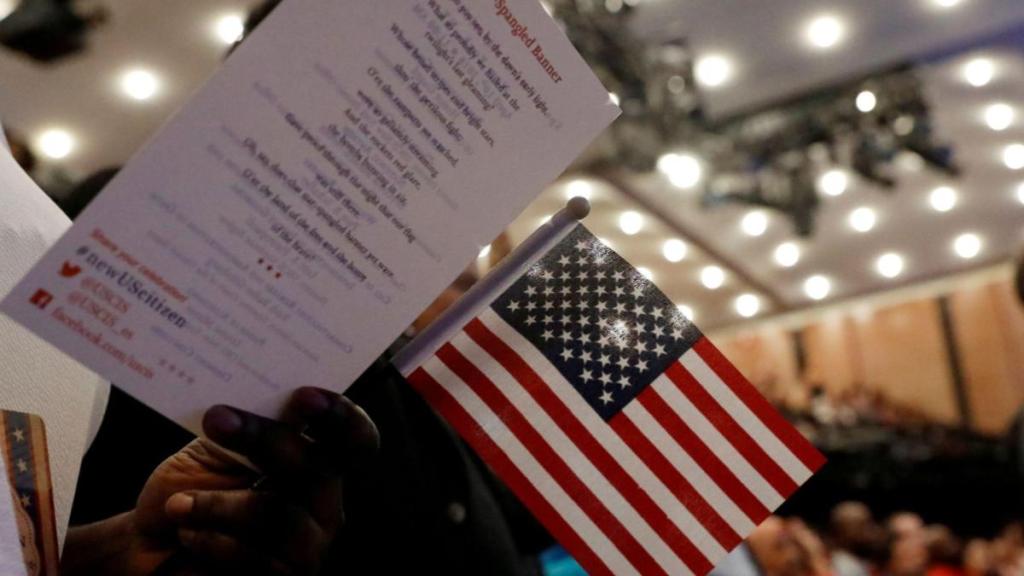The US has further tightened work visa norms, ending automatic extension of employment authorisation documents and making re-screening mandatory, with immediate effect.
Coming weeks after the Donald Trump administration raised the one-time H-1B visa fee multifold to $100,000, the new rule issued on Wednesday will add to woes of foreign workers, particularly Indians who make up a bulk of them.
Though the new rule does not directly impact those holding visas such as H-IB, L-1A and L-1B and Green Cards, it is going to affect their spouses and dependents, and a section of student visa holders.
In a statement, the US Citizenship and Immigration Services (USCIS) said non-immigrant workers who file to renew their employment authorisation documents (EADs) on or after October 30, 2025, “will no longer receive an automatic extension.” It recommended that foreign workers seek a timely renewal of their employment authorisation documents (EADs) by filing a renewal application up to 180 days before the expiry of tenures.
It clarified that “limited exceptions” would still apply, such as extensions granted under specific laws or employment documentation related to temporary protected status (TPS).
The policy places a renewed emphasis on robust screening and vetting, and reverses a Joe Biden-era decision that prioritised foreign workers’ “convenience ahead of Americans’ safety and security”, it said. USCIS Director Joseph Edlow said migrant workers should remember that “working in the US is a privilege, not a right”.
In May 2022, in view of a large number of pending applications, the Biden administration had amended rules that provided for an automatic 540-day extension of EADs without any verification process once the applicants filed renewal applications.
The Trump administration has justified its frequent immigration policy shifts, arguing that these were required “protect American jobs” and ensure that only “highly skilled” foreign workers enter the US labour market.
The latest move adds to growing uncertainties among foreign workers over the US immigration policy. According to official data, Indians accounted for over 45% of all temporary foreign workers in the US.
In FY24, India was the largest overall sending country contributing 33% of the total non-immigrant population in the US. Nearly 70% of all Indian non-immigrants in the US were temporary workers and the remaining were students.


